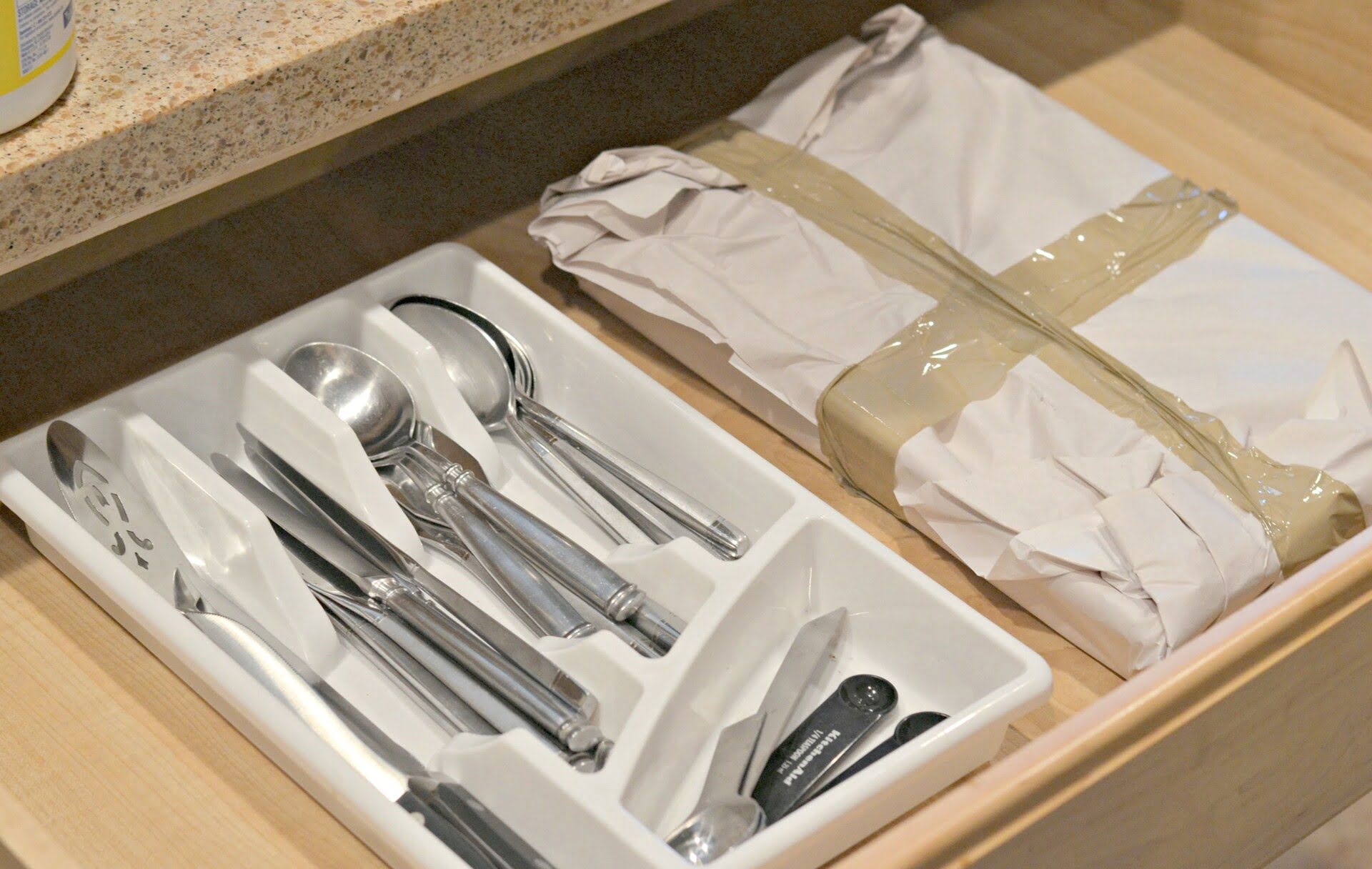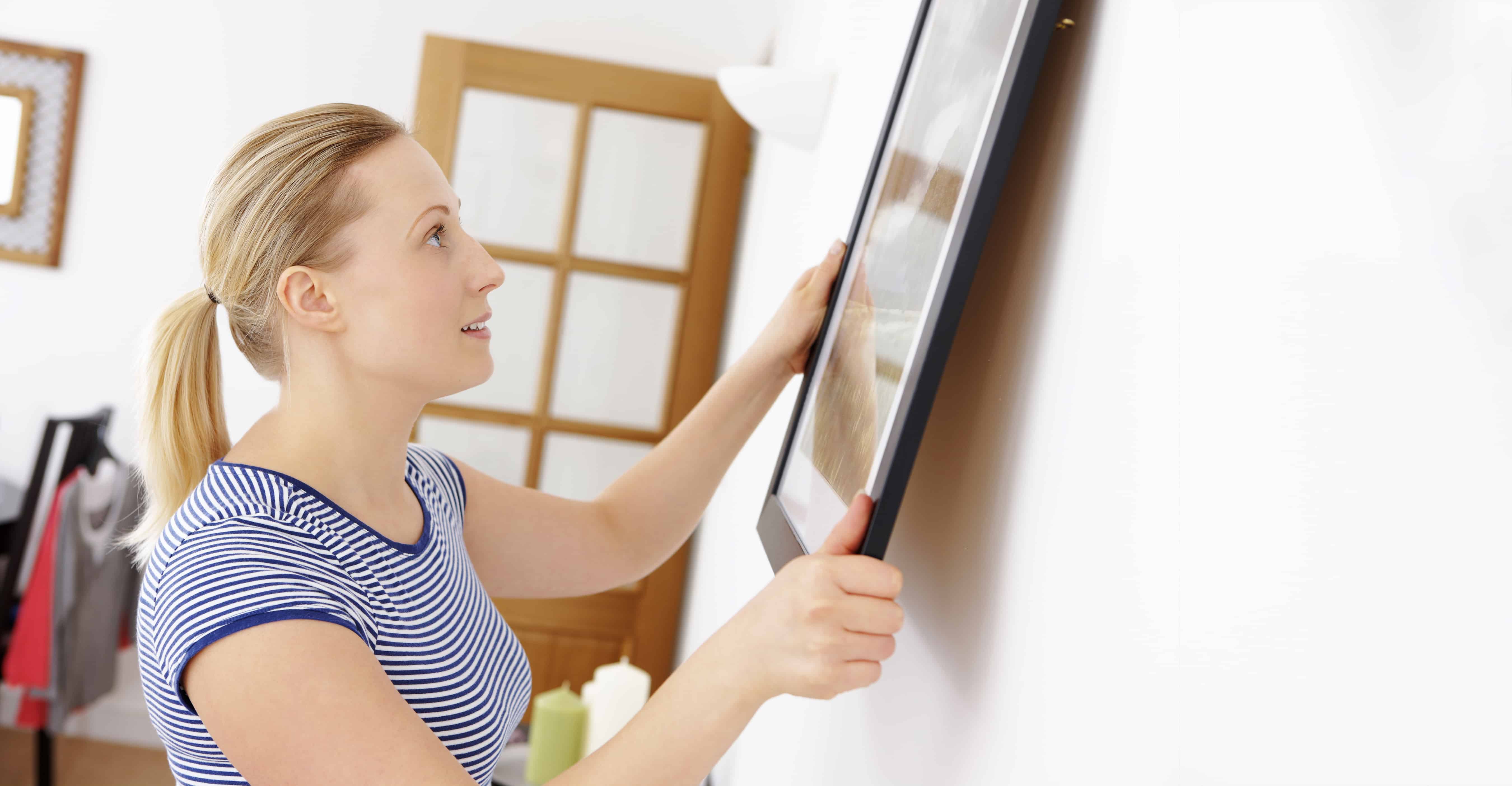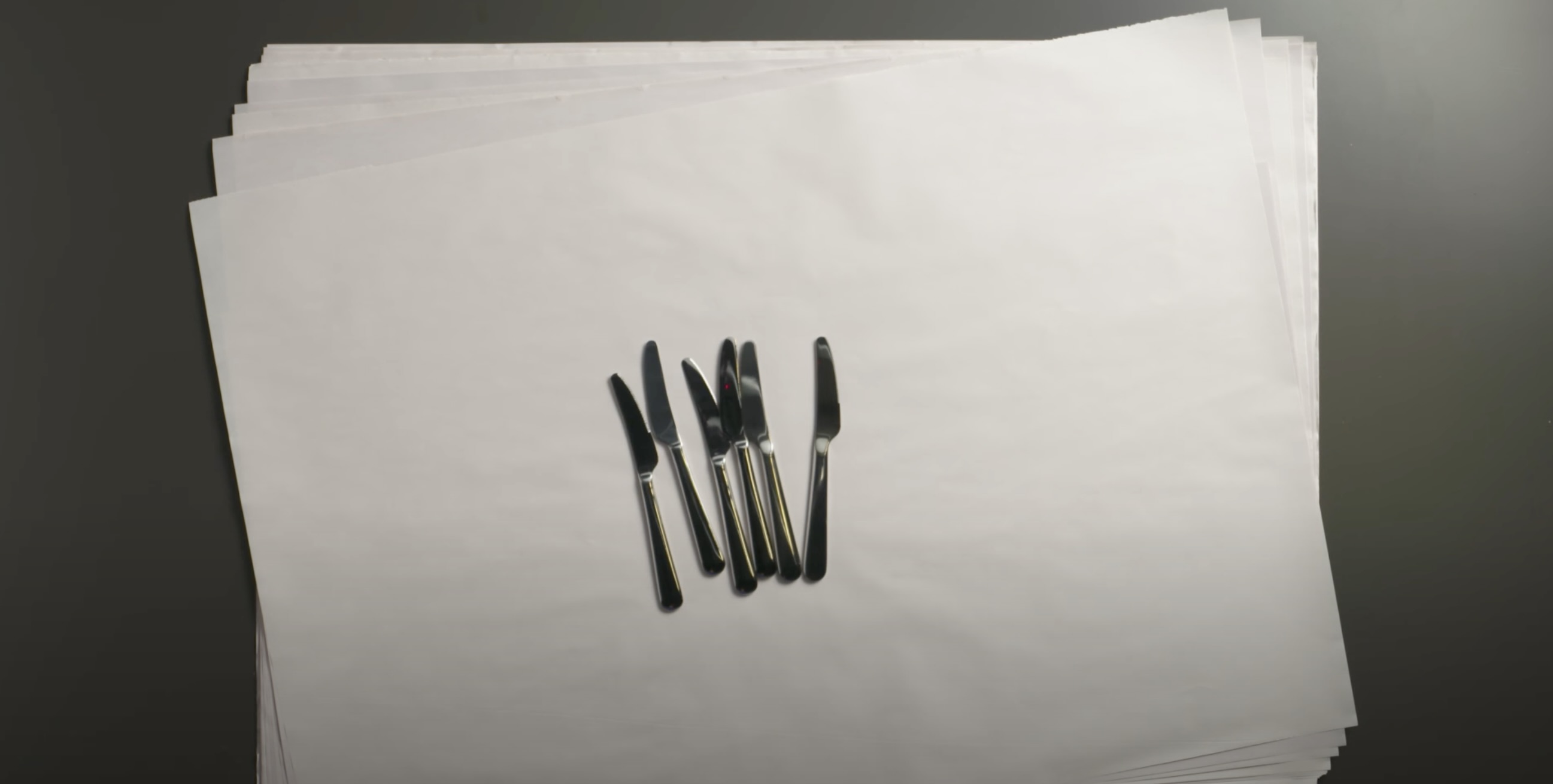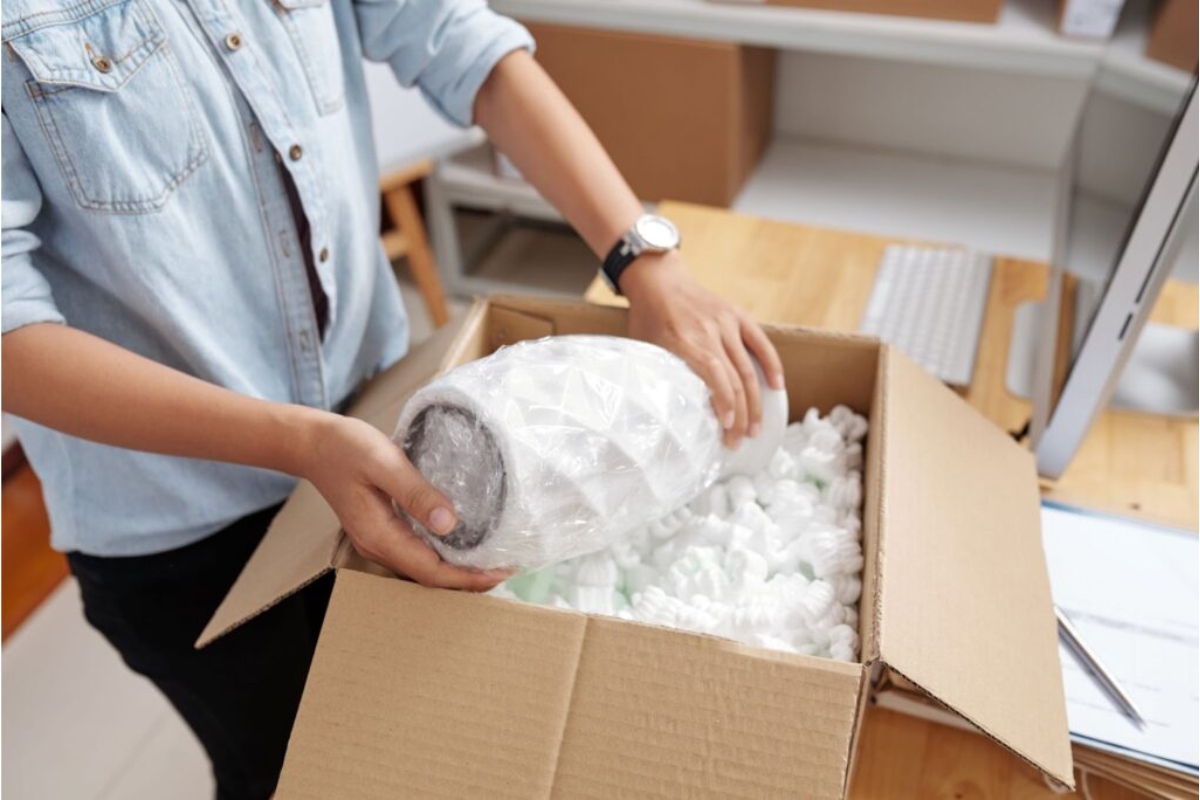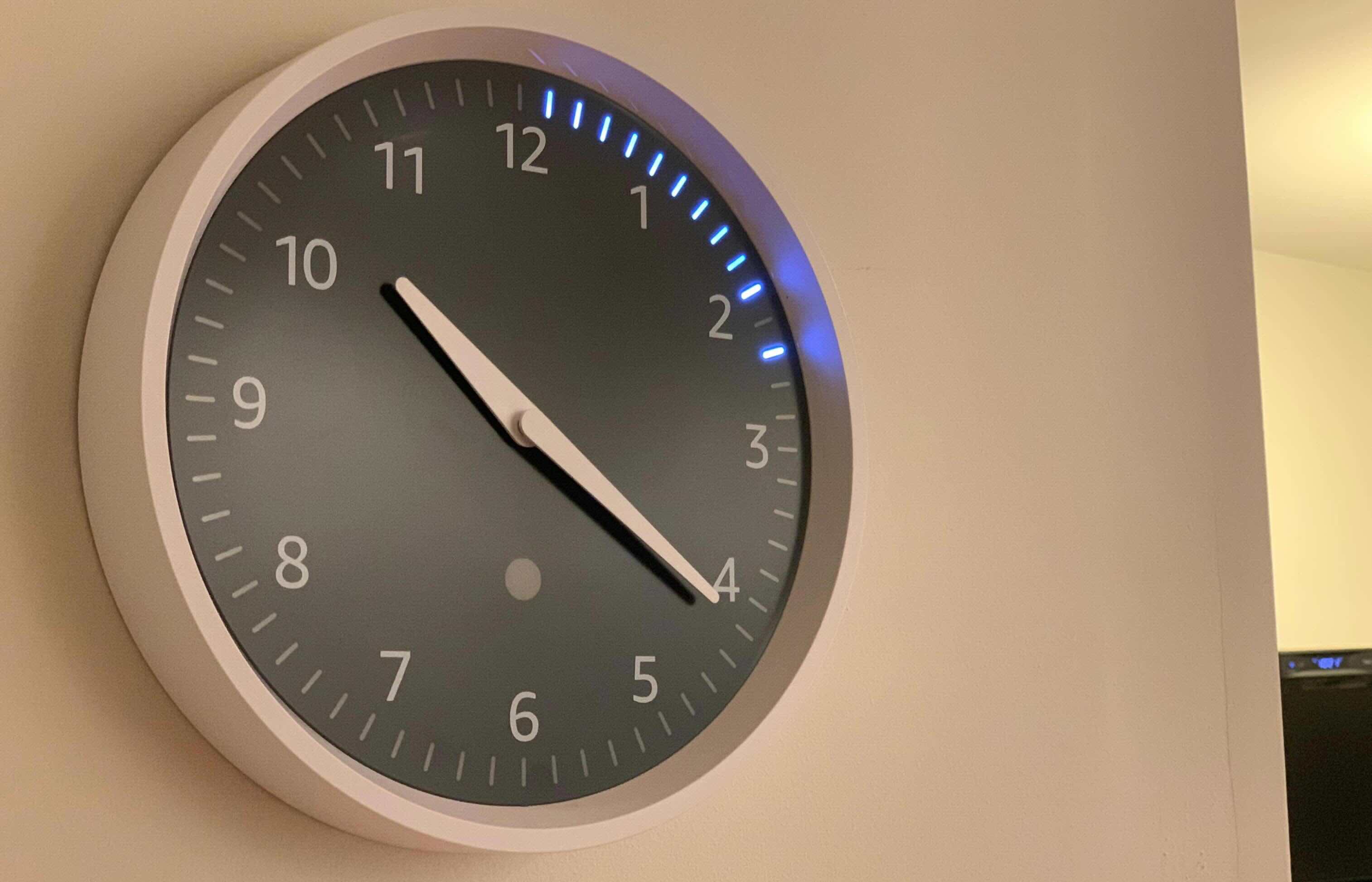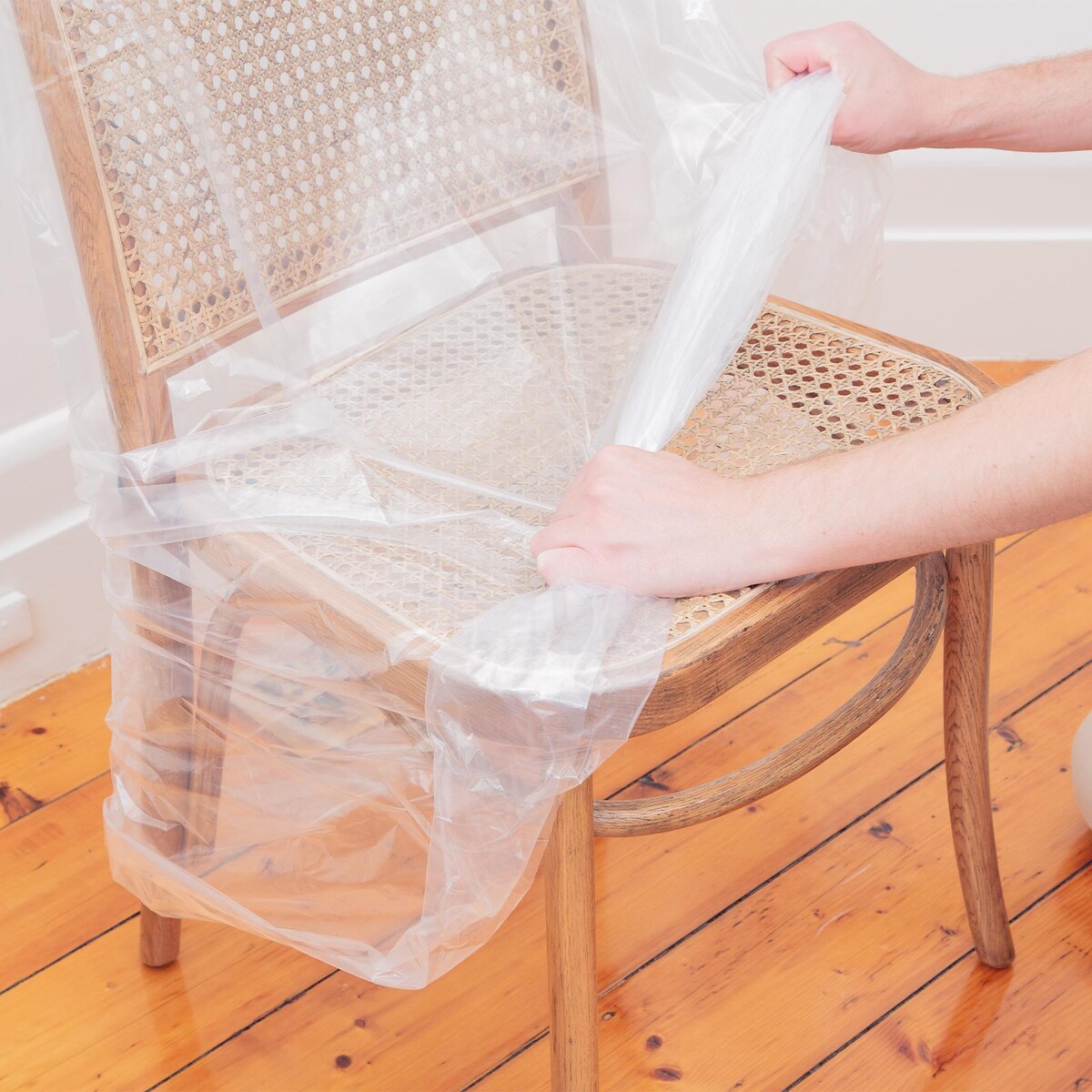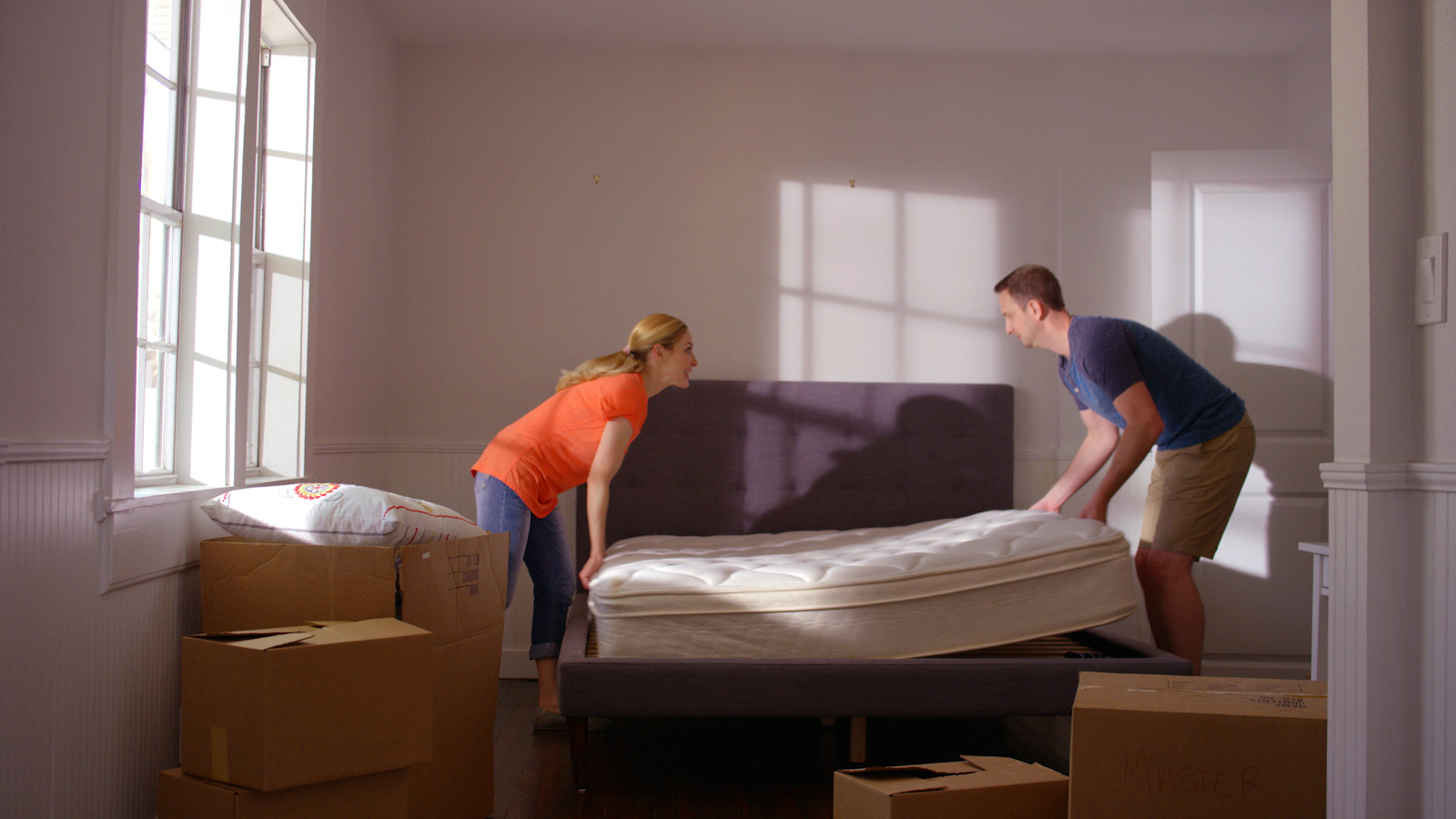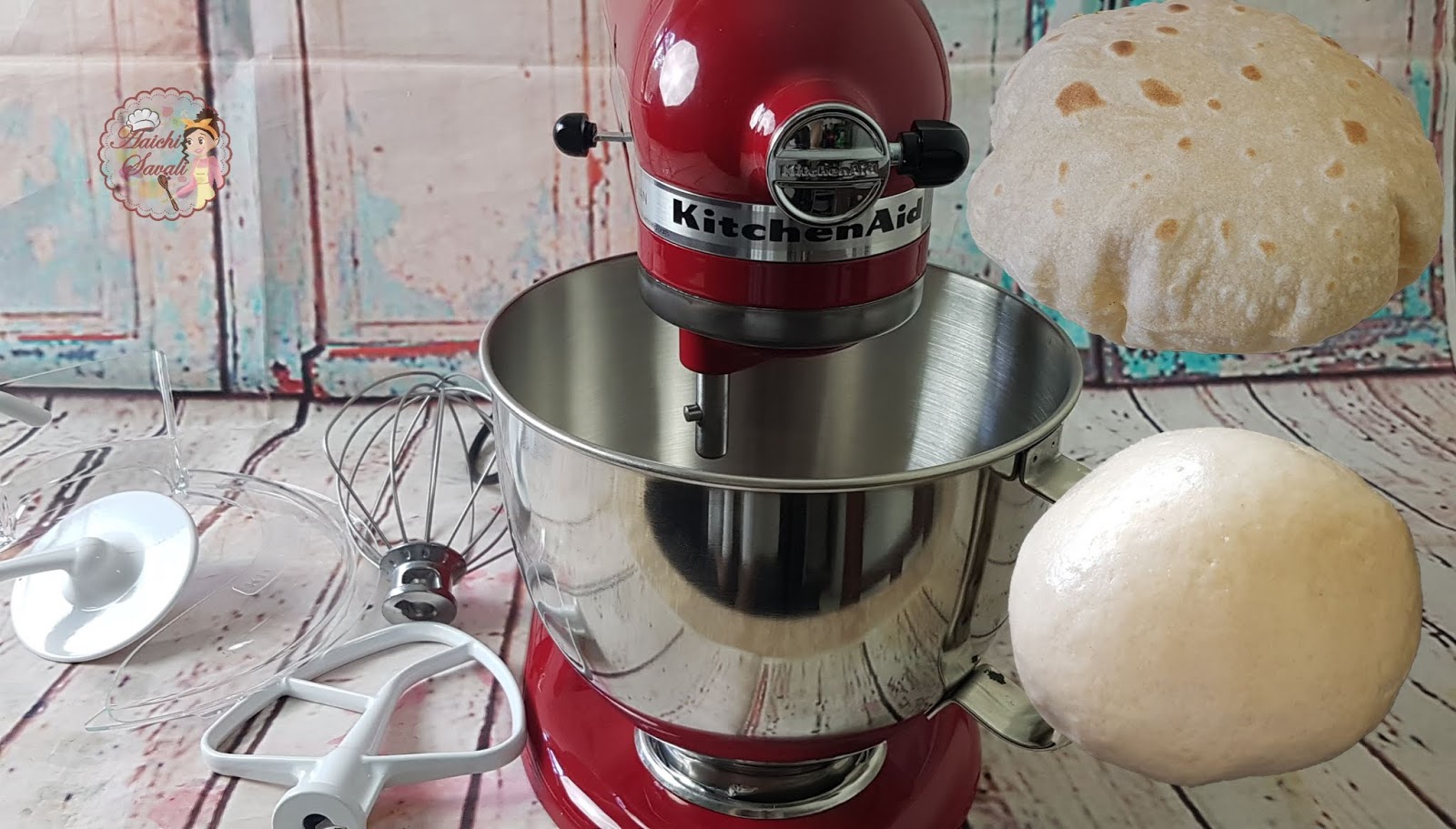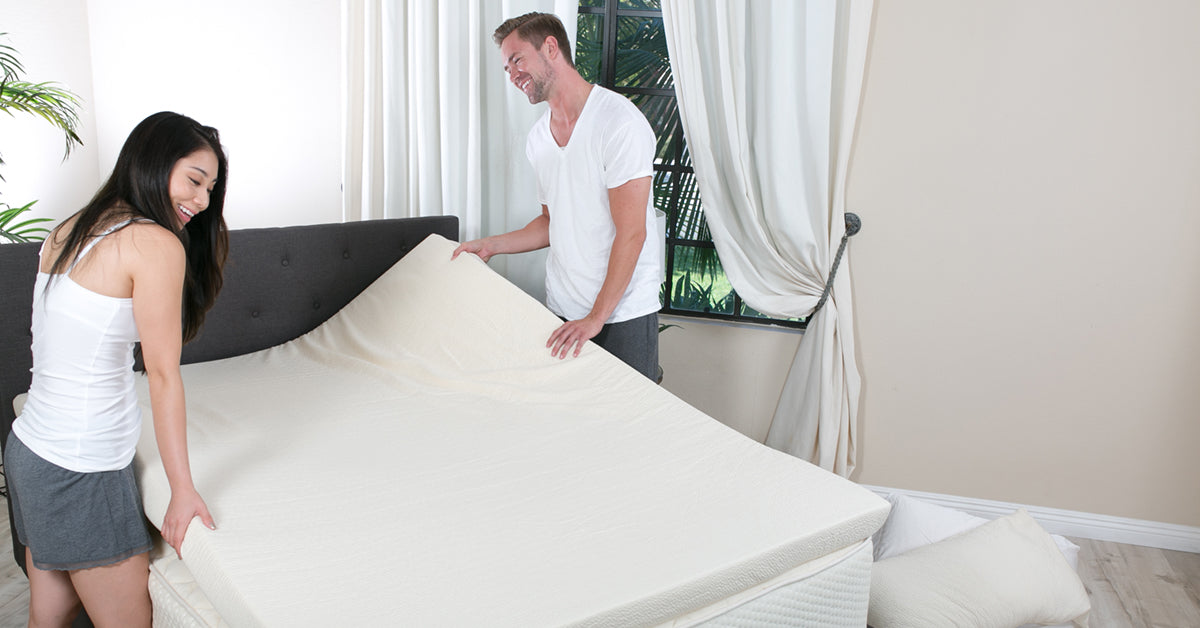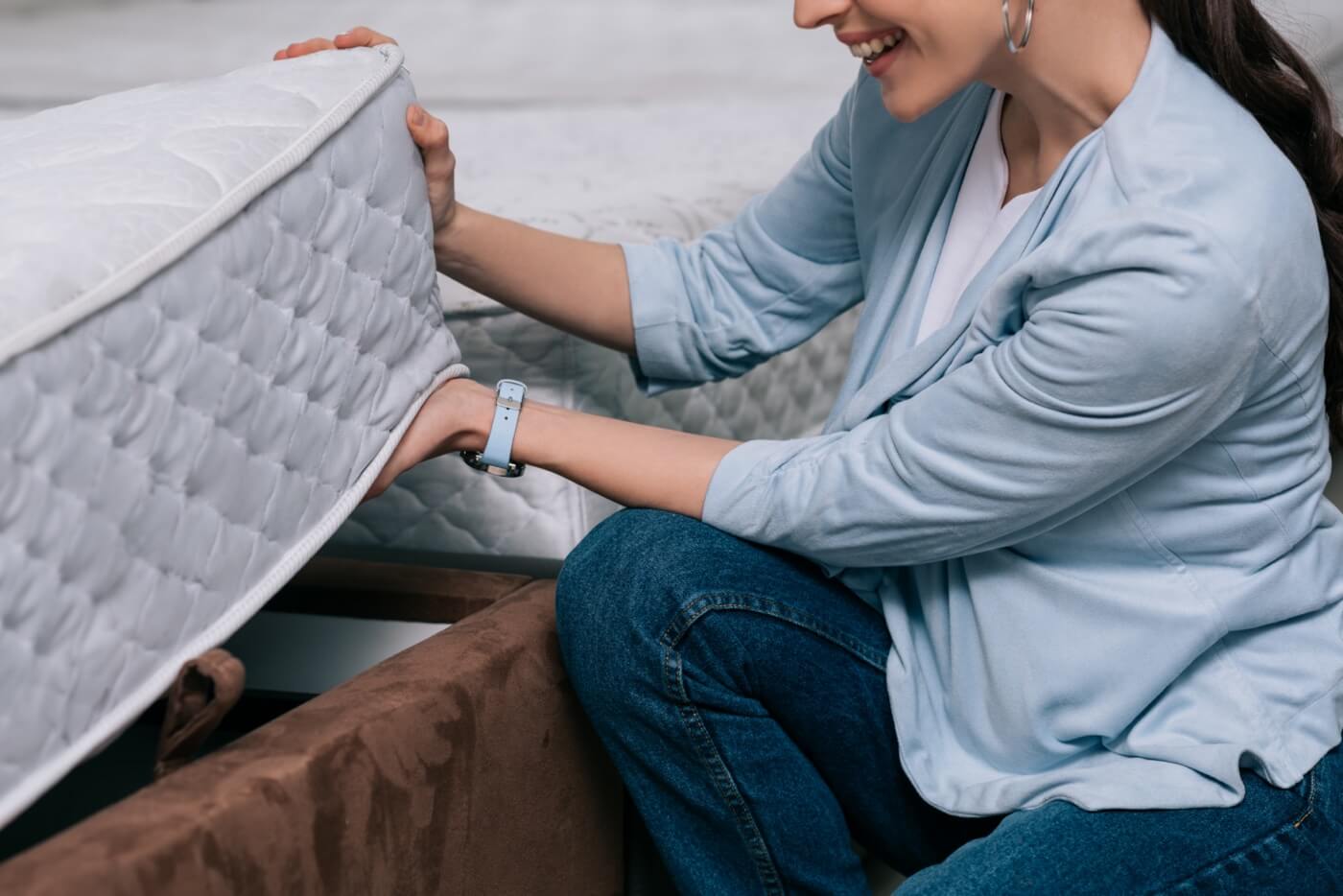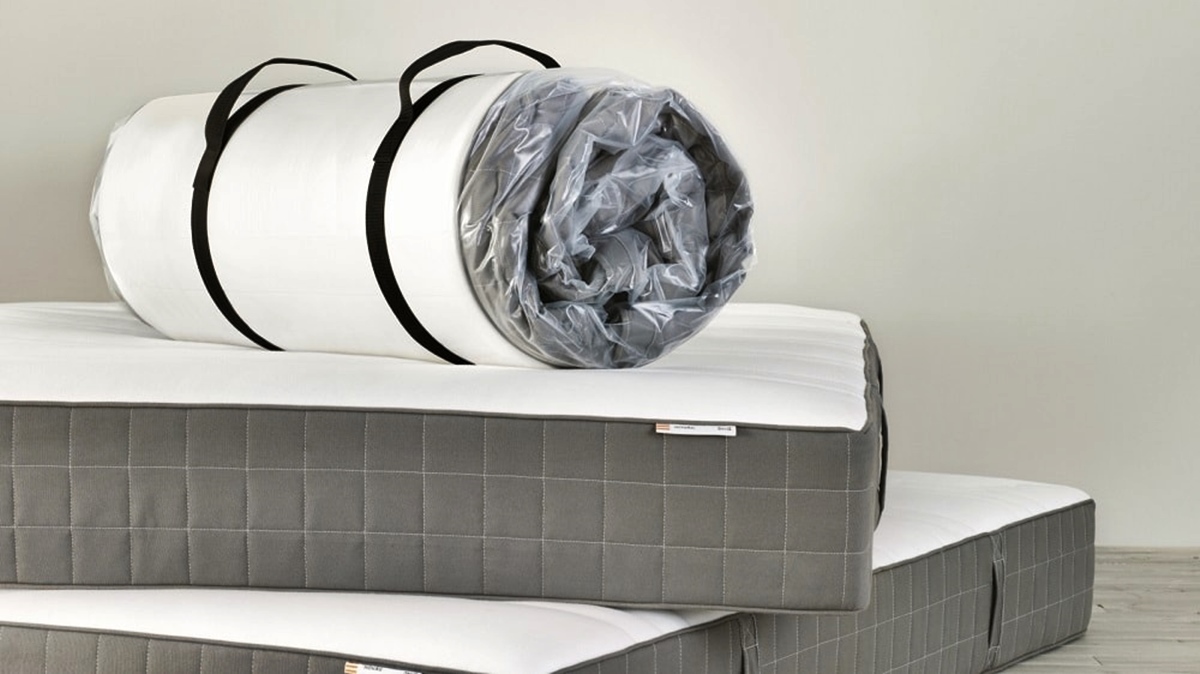Home>Furniture>Bedroom Furniture>How To Pack A Mattress For Moving
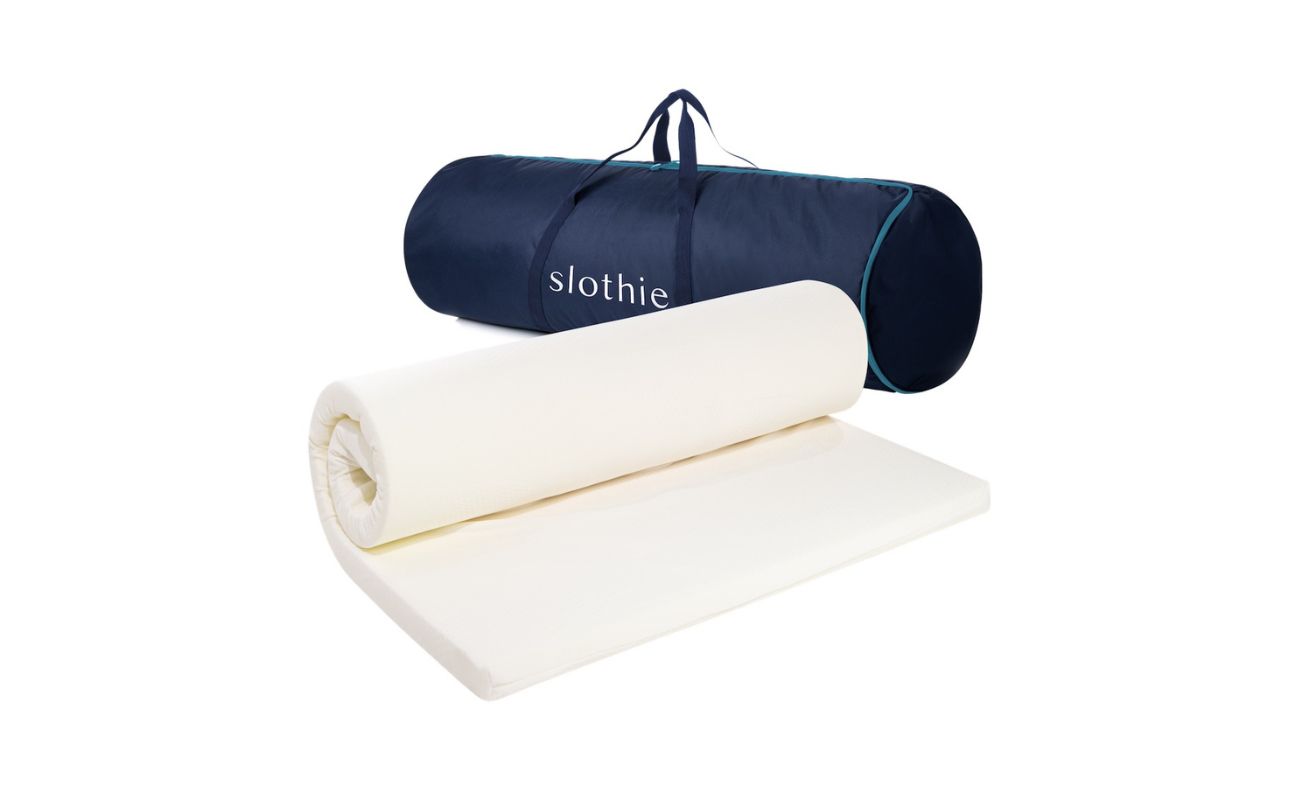

Bedroom Furniture
How To Pack A Mattress For Moving
Modified: February 25, 2024
Learn the best way to pack your mattress for a smooth move. Our expert tips on bedroom furniture packing will ensure your mattress stays protected during the journey.
(Many of the links in this article redirect to a specific reviewed product. Your purchase of these products through affiliate links helps to generate commission for Storables.com, at no extra cost. Learn more)
Introduction
Moving can be a stressful and overwhelming process, especially when it comes to packing large and bulky items like mattresses. Mattresses are an investment that we want to keep in pristine condition, whether it’s for a short move across town or a long-distance relocation. Properly packing and protecting your mattress is crucial to ensure its safety during transit and to maintain its quality.
In this guide, we will take you through the step-by-step process of effectively packing a mattress for moving. We will cover everything from gathering the necessary supplies to labeling and preparing the mattress for transport. By following these tips, you can give your mattress the care and attention it deserves, ensuring it arrives at its new destination in perfect condition.
Before we dive into the packing process, it’s important to note that different types of mattresses may have specific requirements or recommendations from the manufacturer. It’s always a good idea to consult the mattress manufacturer’s guidelines or contact them directly for any specific instructions. Additionally, consider hiring professional movers who are experienced in handling and transporting mattresses if you are unsure about doing it yourself.
Now, let’s get started with step one: gathering the necessary supplies.
Key Takeaways:
- Protect your mattress during a move by gathering supplies, removing bedding, cleaning, wrapping in plastic, protecting corners, securing with tape, and labeling for transport. Ensure a smooth relocation and mattress longevity.
- Consider mattress type and manufacturer’s instructions when packing. Professional movers can offer expertise for specialty mattresses. Prioritize mattress care for a restful sleep in your new home.
Read more: How To Pack A Dresser For Moving
Step 1: Gather necessary supplies
Before you begin packing your mattress, it’s essential to have all the right supplies on hand. Here are the items you will need:
1. Mattress cover: Invest in a high-quality mattress cover that is specifically designed for moving. Opt for a cover that is made of durable materials and offers sufficient protection against dust, dirt, and moisture.
2. Plastic wrap: Secure a roll of plastic wrap, also known as stretch wrap or shrink wrap. This will provide an additional layer of protection for your mattress and keep it tightly wrapped during the moving process.
3. Packing tape: Make sure you have a good supply of packing tape. Clear, heavy-duty packing tape is ideal for securing the plastic wrap and keeping it in place.
4. Moving blankets or furniture pads: Obtain moving blankets or furniture pads to further cushion and protect your mattress during transportation. These will help prevent any potential damage from bumps or impacts.
5. Box cutter or scissors: Keep a box cutter or pair of scissors handy for cutting the plastic wrap and tape during the unpacking process.
6. Marker or labeling supplies: To identify and label your mattress, have a marker or labeling supplies ready. This will make it easier to locate and place the mattress in the appropriate room at your new location.
By gathering all the necessary supplies ahead of time, you can avoid delays and ensure a smooth packing process for your mattress. Now that you have everything you need, let’s move on to step two: removing all bedding and accessories.
Step 2: Remove all bedding and accessories
Before packing your mattress, it’s crucial to start by removing all bedding and accessories. This includes pillows, sheets, mattress toppers, and any other items on or around your mattress. Clearing the mattress of these items will make the packing process easier and help protect the bedding from damage during transit.
Start by stripping off the sheets and pillowcases from your mattress. Place them in a separate bag or box and label it accordingly for easy identification when unpacking. If you have a mattress topper or any other protective layers on your mattress, remove them as well and pack them separately if possible.
Next, check for any loose items like pillows or cushioning materials that may be lying atop your mattress. Remove these and set them aside to be packed separately. Taking the time to clear your mattress of these accessories will not only make the packing process more efficient but also prevent them from shifting and potentially damaging your mattress during the move.
Once you have removed all bedding and accessories, take a moment to inspect the mattress for any stains or spills. If you come across any, consider spot-cleaning or treating them with appropriate cleaning products before packing. Ensure that the mattress is completely dry before proceeding to the next step.
By removing all bedding and accessories from your mattress, you ensure that they are individually protected and ready to be packed. With this step complete, it’s time to move on to step three: cleaning and sanitizing the mattress.
Step 3: Clean and sanitize the mattress
Cleaning and sanitizing your mattress before packing is essential to ensure its freshness and hygiene during the moving process. Over time, mattresses can accumulate dust, dirt, and even allergens, so taking the time to clean them thoroughly will not only protect the mattress but also improve your indoor air quality in your new home.
Start by vacuuming the entire surface of the mattress, using the upholstery attachment to remove any loose dirt, debris, or dust mites. Pay extra attention to the seams, edges, and corners of the mattress where dirt tends to accumulate.
For any stains or spills on the mattress, it’s essential to treat them promptly. Use a mild detergent or upholstery cleaner and follow the instructions carefully. Gently blot the stained area with a clean cloth or sponge, being careful not to saturate the mattress. Continue to blot until the stain is no longer visible or significantly reduced.
After treating stains, allow the mattress to dry completely. If possible, place the mattress in a well-ventilated area or use a fan to expedite the drying process. Ensure that the mattress is entirely dry before proceeding to the next step to prevent mold or mildew growth.
To further sanitize the mattress, consider using a fabric-safe disinfecting spray. Check the product label for instructions and make sure it is safe to use on your specific mattress material. Lightly mist the surface of the mattress and allow it to air dry completely.
By cleaning and sanitizing your mattress, you remove any dirt, stains, and allergens that may have accumulated over time. This step ensures that your mattress is fresh and ready for transport. With the mattress cleaning complete, it’s time to move on to step four: wrapping the mattress in a plastic cover.
Step 4: Wrap the mattress in a plastic cover
Wrapping your mattress in a plastic cover provides an extra layer of protection against dust, moisture, and potential damage during the move. It helps keep your mattress clean and prevents it from getting scratched or torn.
1. Start by ensuring that your mattress is in the center of the plastic cover, with the excess cover on both sides. If the cover doesn’t fully enclose the mattress, you may need to use additional plastic wrap or overlap the available cover to ensure complete coverage.
2. Begin wrapping the plastic cover around the mattress, starting from one end. Pull the plastic tightly as you go, making sure it is snug and secure. This will help prevent the cover from coming loose during transportation.
3. Continue wrapping the plastic cover around the mattress, working your way to the other end. Smooth out any wrinkles or folds in the plastic as you go, ensuring that the entire mattress is wrapped evenly.
4. Once the mattress is fully wrapped in plastic, use packing tape to secure the edges of the cover. Apply tape across the seams and along the perimeter of the mattress to keep the plastic cover in place. Be careful not to tape directly onto the mattress to avoid leaving any sticky residue or damaging the surface.
5. Repeat this process for any additional mattresses you have.
By wrapping your mattress in a plastic cover, you provide a barrier against dirt, moisture, and potential damage during the move. This protective layer ensures that your mattress arrives at its new destination in the same condition as when it was packed. With the mattress securely wrapped, let’s move on to step five: protecting the corners and edges of the mattress.
When packing a mattress for moving, use a mattress bag or cover to protect it from dirt and damage. This will help keep it clean and in good condition during the move.
Read more: How To Pack Pillows For Moving
Step 5: Protect the corners and edges of the mattress
When moving a mattress, the corners and edges are particularly vulnerable to damage. To prevent any dents or tears during the packing and transportation process, it’s important to provide extra protection for these areas. Here’s how:
1. Start by placing corner protectors on each corner of the mattress. These can be purchased at moving supply stores or made using materials such as foam or cardboard. The corner protectors act as a buffer between the mattress and any potential impact.
2. Once the corner protectors are in place, you can further reinforce the corners and edges by using additional padding. This can be achieved by folding moving blankets or furniture pads and strategically placing them around the mattress corners and edges.
3. Make sure the padding is secure and snug, but not so tight that it puts excessive pressure on the mattress. The goal is to provide cushioning and protection without compromising the integrity or shape of the mattress.
4. Use packing tape or heavy-duty straps to secure the padding and corner protectors to the mattress. This will ensure that they stay in place throughout the moving process and provide the necessary protection.
By taking the time to protect the corners and edges of your mattress, you minimize the risk of damage and ensure that it remains in excellent condition during the move. With the corners and edges adequately shielded, let’s move on to step six: securing the wrapped mattress with packing tape.
Step 6: Secure the wrapped mattress with packing tape
Once you have wrapped your mattress in a plastic cover and provided extra protection for the corners and edges, it’s time to secure everything in place using packing tape. This will ensure that the mattress remains tightly wrapped during transit and reduces the risk of the cover coming loose or getting damaged. Here’s how to securely seal the wrapped mattress:
1. Start by inspecting the plastic cover to ensure it is smooth and free of any wrinkles or creases. Smooth out any imperfections to create a tight and even surface.
2. Begin at one end of the mattress and secure the plastic cover by overlapping the edges by a few inches. This overlap will help create a stronger seal and prevent the cover from unraveling.
3. Use packing tape to tightly wrap around the overlapped edges of the plastic cover. Apply the tape horizontally and vertically, creating a crisscross pattern for maximum security.
4. Continue moving along the length of the mattress, adding additional layers of tape every few inches. By applying multiple layers of tape, you create a reinforced seal that will withstand the rigors of the moving process.
5. Pay extra attention to the corners and edges, making sure to wrap the tape tightly around them. This will further secure the plastic cover and prevent any potential tears or openings.
6. Once you reach the opposite end of the mattress, cut the packing tape and firmly secure it to the mattress. Use a pair of scissors or a box cutter to trim any excess tape, ensuring a neat and tidy finish.
7. Repeat these steps for any additional wrapped mattresses you have.
By securely sealing the wrapped mattress with packing tape, you provide an added layer of protection and minimize the risk of the cover coming loose or getting damaged during transport. With the mattress securely taped, let’s move on to step seven: labeling and preparing the mattress for transport.
Step 7: Label and prepare the mattress for transport
The final step in packing your mattress for moving is to label it and prepare it for transport. Properly labeling your mattress will make it easier to identify during the unpacking process and ensure it is placed in the right room in your new home. Here’s what you need to do:
1. Use a marker or labeling supplies to clearly write the word “Mattress” on the plastic cover. You can also include additional information such as the size of the mattress or any specific instructions for handling.
2. If you have multiple mattresses, it’s a good idea to label each one with a distinguishing number or letter. This will help you keep track of them during the moving process and ensure they are placed in the appropriate rooms upon arrival.
3. Once the mattress is labeled, prepare it for transport by ensuring it is properly positioned in your moving vehicle. Place it in an upright position, leaning against a wall or secured against other items to prevent it from shifting during transit.
4. If you are using a professional moving service, communicate with them about the specifics of your mattress and any fragile areas that require extra care. Provide them with the necessary instructions and labels to ensure they handle the mattress with utmost caution.
5. If you are moving the mattress yourself, make sure it is loaded and secured safely in your vehicle. Use straps or ropes to hold it in place and prevent any movement during transportation.
By labeling and preparing your mattress for transport, you ensure that it is easily identifiable and treated with care during the moving process. Taking these steps will contribute to a smooth and successful relocation of your mattress. And with that, you have completed the process of packing your mattress for moving!
Remember, mattress sizes vary, so make sure to choose the appropriate supplies and techniques for your specific mattress. By following these steps and taking the necessary precautions, you can protect your investment and ensure your mattress arrives at its new location in excellent condition.
Safe travels and happy moving!
Conclusion
Packing a mattress for a move doesn’t have to be a daunting task. With the right supplies and a step-by-step approach, you can ensure that your mattress is properly protected during transit and arrives at its new location in excellent condition.
By following the steps outlined in this guide, you have learned how to gather the necessary supplies, remove bedding and accessories, clean and sanitize the mattress, wrap it in a plastic cover, protect the corners and edges, secure it with packing tape, and label and prepare it for transport.
Remember, while these steps provide a general framework for packing a mattress, it’s important to consider any specific instructions or recommendations from the mattress manufacturer. Different types of mattresses may require additional precautions or methods.
Additionally, if you are unsure about packing your mattress yourself or have specialty mattresses, it may be worth considering hiring professional movers who are experienced in handling and transporting such items. They can offer expertise and ensure that your mattress is packed and moved with the utmost care.
Taking the time to properly pack and protect your mattress is an investment in its longevity and quality. By providing the necessary care, you can enjoy a comfortable and restful sleep on your mattress in your new home.
So, as you embark on your moving journey, don’t forget to prioritize the well-being of your mattress. With the knowledge and tips provided in this article, you can confidently pack your mattress and ensure a smooth and successful move.
Good luck with your move, and here’s to many nights of peaceful sleep on your newly relocated mattress!
Frequently Asked Questions about How To Pack A Mattress For Moving
Was this page helpful?
At Storables.com, we guarantee accurate and reliable information. Our content, validated by Expert Board Contributors, is crafted following stringent Editorial Policies. We're committed to providing you with well-researched, expert-backed insights for all your informational needs.
